жЬИжЫЬжЧ•, 8жЬИ 22nd, 2011...8:37 AM
A walking guide of Hamamatsucho
Reading time: About 5 minutes
A walking guide of HamamatsuchoNear Edo with its breathtaking history, the Canal City of Hamamatsucho.
Most of the area the town is mainly a business district served mainly by Hamamatsucho Station and Daimon Station.
When one thinks of Hamamatsucho, places like Hama-rikyu Gardens come to mind.
So we went to take a look at what all the fuss is about.
Hama-rikyu Gardens
The pond that was built into seawater makes up a part of this garden which was used by the Tokugawa Shogunate.
The Shogunate needed a place to go duck hunting so the gardens were built in 1654.
After this, as Tsunashige’s saw his chance to become 6th Shogun, this garden was made to be the family’s villa and it therefore became known as the “Seashore Palace”.
Since then, throughout history the gardens were changed over and over again, and in the period of the 12th Shogun, it had already made its way to appearing much like it does today.
After the Meiji Restoration, it became an imperial villa and its name reflects that.
Thanks to the Great Kanto Earthquake and The War, the tea house and other such vestiges of old are gone, however after being rebuilt by Tokyo City it was later designated a National Historic site of Special Scenic Importance.
Firstly we crossed this long bridge walking toward the entrance of the Hama-rikyu Gardens.
Since the weather was good today walking felt good.
After paying the entrance fee we were handed one of these.
Cute. Almost like an iPhone…
It’s a “Ubiquitous Communicator” which gives audio and video guides automatically as you walk around the garden. Japanese, English, Koeran, Chinese… Let’s go with English!
We were so surprised that as we approached a feature in the garden it automatically began showing a video about it!
Not only that, after the video an information screen also appeared!
Perhaps because it was a weekday the park was quite quiet.
Relaxing amongst a garden of lush trees in the quiet and peaceful atmosphere…
Looking all around we see the park is surrounded by high-rise apartments stood on parade.
300 Year Old Pine
300 years ago during the reign on the 6th Shogun, the garden was remade. These are the pines of that time. Their imposing figure is created by their thick overhanging branches.
The sky was becoming cloudy and the heat was becoming stronger. It could have been because of the heat, but walking around started to make us thirsty. We decided to take a rest in the “Nakajima Teahouse”, which sits nestled in the middle of the pond.
This tea-house was likely made in 1707 as a rest house.
Nakajima Teahouse
Since it was built in 1707, starting with the Shogun, famous patrons came from all around. The current building is a restoration built in 1983.Here, sets of Green Tea and Sweets can be enjoyed at 500 yen.Warm or Cold Green tea can be selected. On this hot day we opted for cold green tea.
“Matcha” sweets were soon brought out too.
It was a place where one could feel the seasons; a beautiful place, with delightful food; we enjoyed our tea whilst taking in the surroundings.
To enjoy a cup of tea whilst admiring the beautiful scenery feels so luxurious…
This picture is what can be seen from the tea room. I felt healed by the beautiful tea and beautiful scenery.
After enjoying another final view of the garden, we continued to walk on again.
The Tidal Pond
Drawn by the tides, the movement of the water changes the face of this pond.
Of all of the Edo period gardens in the city, this is the last one surviving that uses seawater.
As the water in Tokyo Bay goes up and down so does the water come into and exit the pond.
This pond has seen the life of many seawater fish including mullet, gobies, and even eel.
Just up ahead we came across some nostalgic bubble tubes in a quiet rest area, and we couldn’t stop ourselves from buying them.
They cost 50 yen, but I’m sure I remember them being 30 yen.
Botanical Garden
Over 800 strains of 60 species planted in this botanical garden make the colors in Spring elegant. In spring over 300,000 flowers appear. In Fall the gardens fill with the blooms of Yellow Cosmos.
Suddenly we remember that we are still in a city.
This is a park that was used by Shoguns previous, sitting in the middle of Tokyo.
We found something unique about this place in Tokyo: a garden surrounded by giant buildings aligned beautifully. It’s a very large place so it would be quite easy to spend an entire day here.
Cats are lazing around like being at home.
Why don’t you, as Shogun, visit to enjoy the Tokugawa Period’s view on relaxation?
We then headed on towards the Kyu Shiba Rikyu Garden.
The Kyu Shiba Rikyu Garden is the oldest example of Edo period gardens to be found in the entirety of Tokyo.
In 1678 the site was used for the official Samurai-style residence of Ohkubo Tadamoto, member of the Ohkubo clan and an official of the Tokugawa shogunate.
In the garden, flowers such as the Azaleas blooming give this garden its many colors throughout the four seasons in Tokyo.
This photo was taken from Hamamatsucho Station. Such views were lovely.
Cherry blossoms and Azaleas in full bloom are sure to make for an amazingly beautiful period. It is surprising to think that such a beautiful garden can exist in the middle of the city.
5 minutes from the North Exit of Hamamatsucho Station.
Unfortunately, it was closed.
In regard to them both being in the middle of the city, Hama-Rikyu is beaten on compactness by Kyu Shiba-Rikyu.
An oasis of comfort with feelings of nature with its plants and flowers.
Seeing the remains of duckhunts of old, we remember that it’s not just a park. You can look out towards the sea, see the forests and the flower fields. This is a park that can be enjoyed the whole day through.













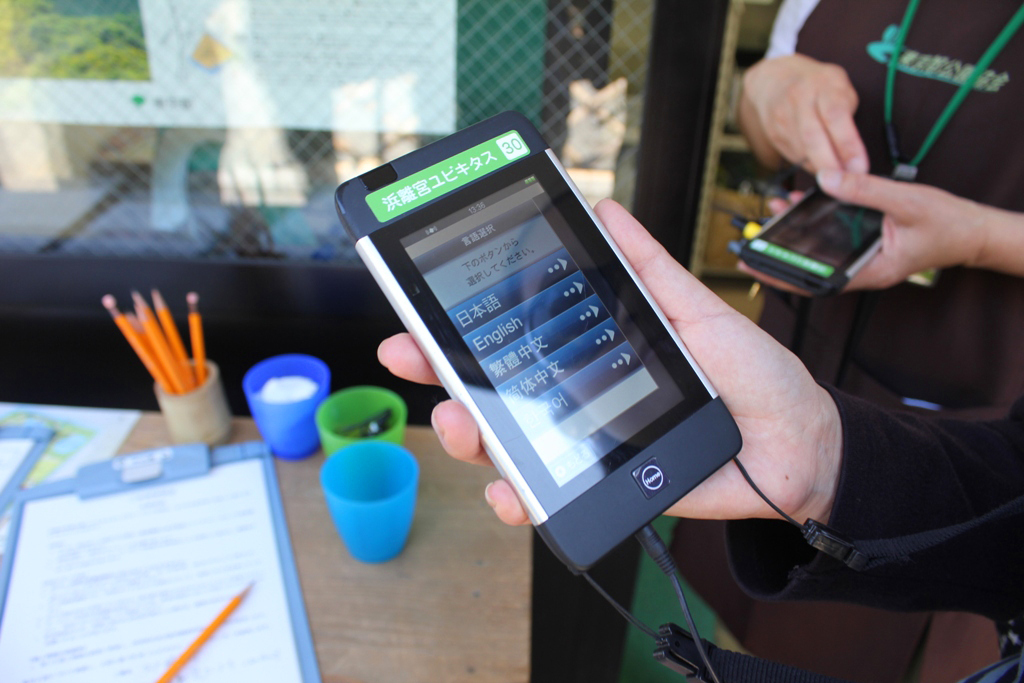


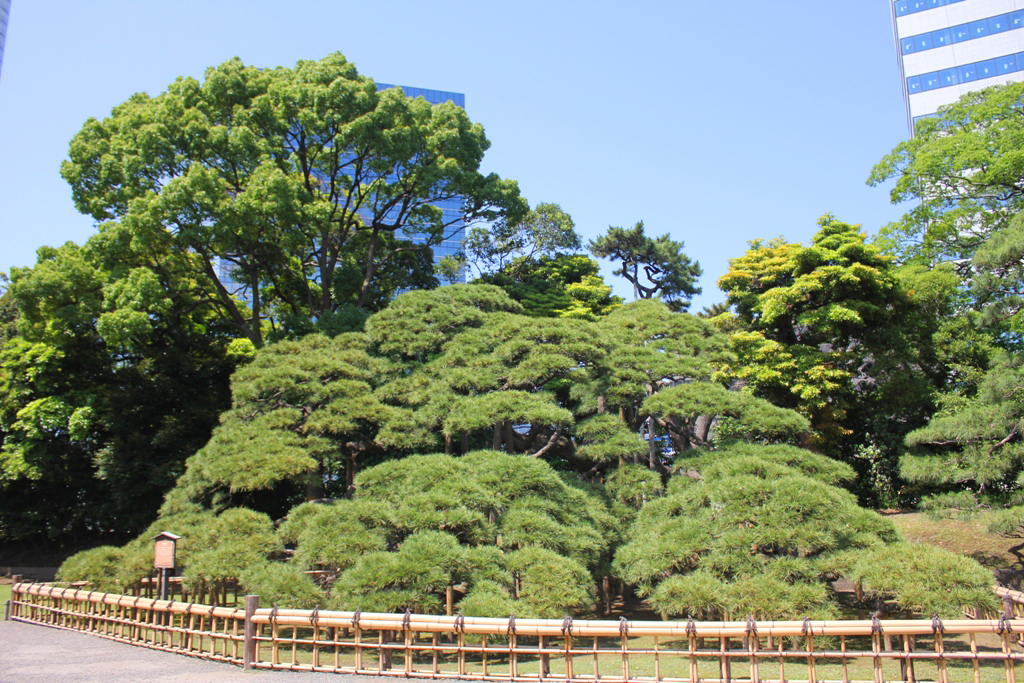




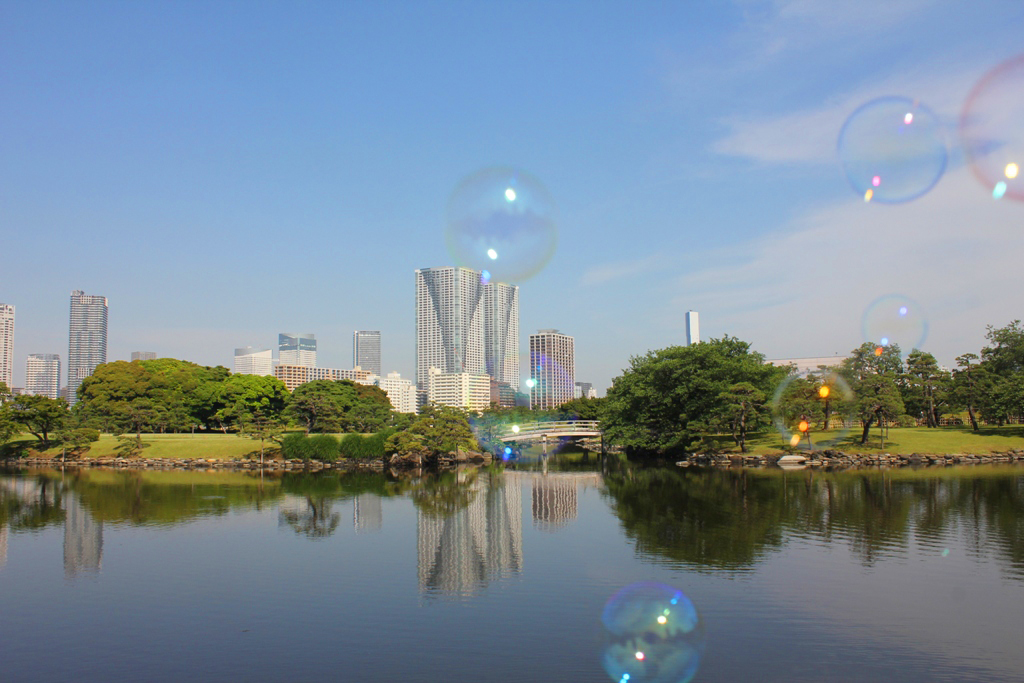
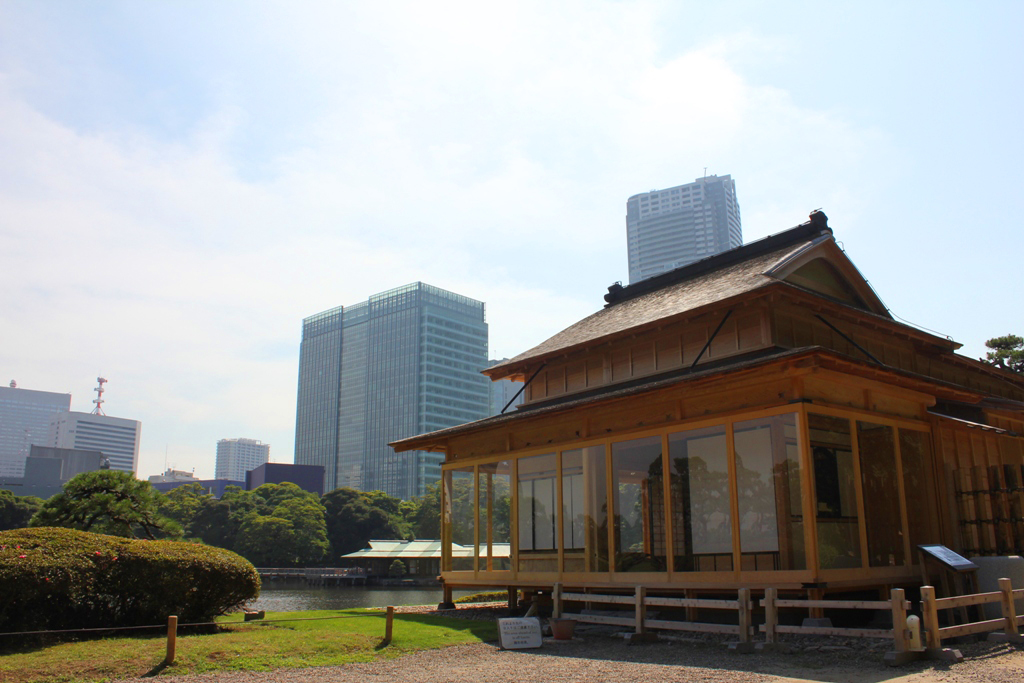

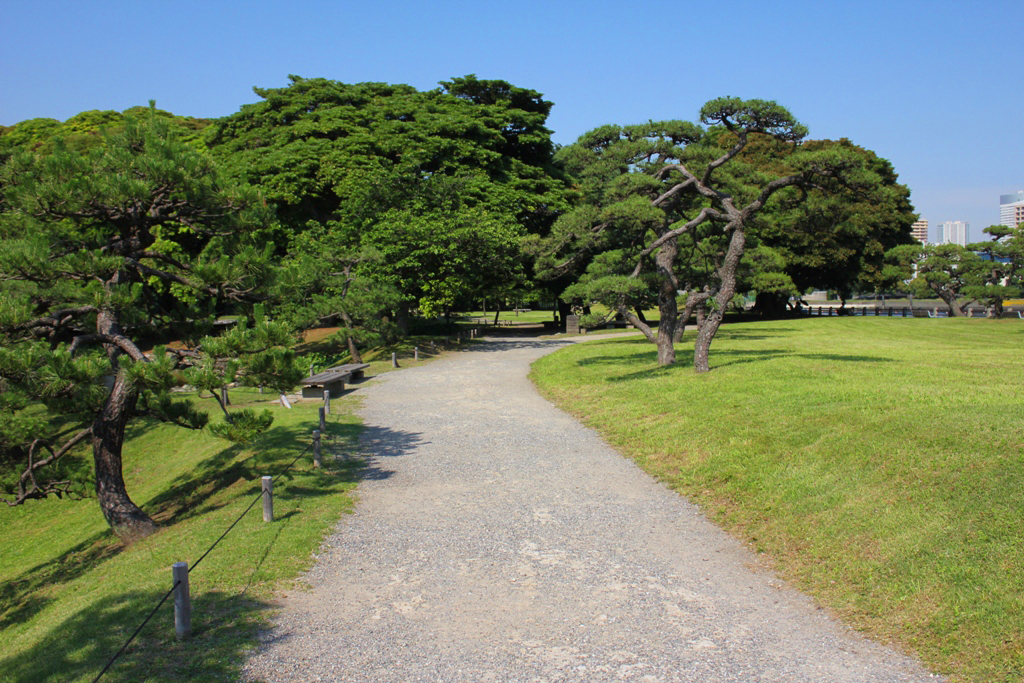








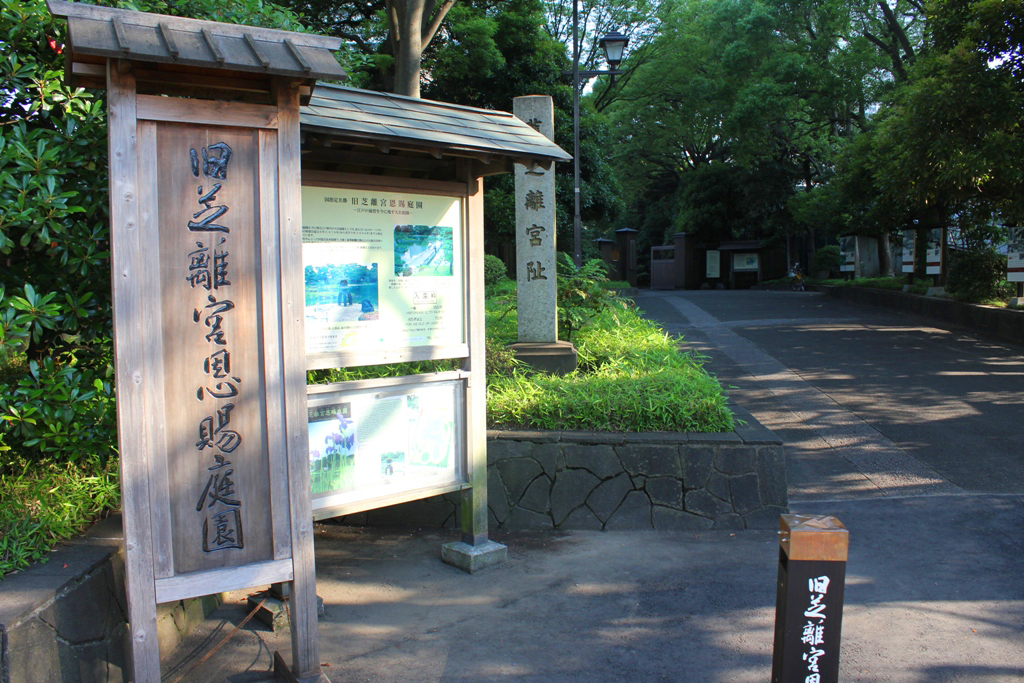













1 Comment
8жЬИ 23rd, 2011 at 6:12 PM
Waow- such a beutiful place. I put it on my list over places to visit \(^-^)/
Leave a Reply